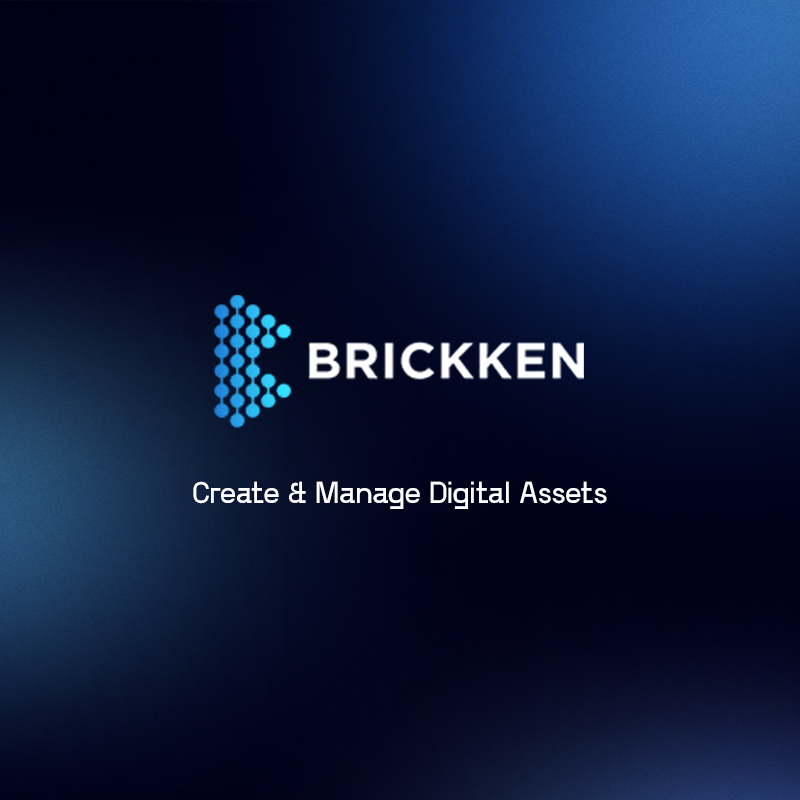
AI Business Process Automation Explained Simply
In the dynamic realm of modern business, the integration of Artificial Intelligence (AI) with Business Process Automation (BPA) has become a transformative force. This blog post demystifies the complexities surrounding AI and BPA, providing a simple yet comprehensive exploration of how these technologies intersect, redefine workflows, and enhance efficiency. By breaking down the intricate components of AI and BPA, we aim to offer a clear understanding of how businesses can strategically implement these tools to streamline processes, boost productivity, and gain a competitive edge in today’s fast-paced markets.
Understanding AI: Beyond the Hype
Artificial Intelligence, often surrounded by a cloud of hype, needs demystification. This section delves into the fundamental principles of AI, explaining that at its core, it refers to machines or computer systems exhibiting intelligence, learning, and problem-solving capabilities. Machine Learning (ML) and Natural Language Processing (NLP) are key components, enabling AI systems to analyze data, identify patterns, and make informed decisions. The strategic importance of AI lies in its ability to handle complex tasks, adapt to changing scenarios, and offer insights that go beyond traditional automation.
Business Process Automation: Efficiency Unleashed
Business Process Automation is the linchpin of operational efficiency. Here, we explore how BPA streamlines routine, rule-based tasks by leveraging technology to automate processes. Whether it’s invoice processing, data entry, or customer onboarding, BPA significantly reduces manual efforts, minimizes errors, and accelerates workflows. The strategic advantage of BPA lies in its capacity to enhance consistency, reduce operational costs, and free up human resources to focus on strategic, creative, and value-added activities.
The Intersection: AI and BPA in Harmony
This section brings AI and BPA together, emphasizing that their synergy is greater than the sum of their parts. AI introduces a cognitive layer to BPA, enabling systems not just to automate tasks but to learn, adapt, and optimize processes over time. The strategic implication is that businesses can achieve a level of sophistication in automation by integrating AI, allowing for more nuanced decision-making and handling non-routine tasks. This intersection is where innovation and efficiency converge, shaping the future landscape of business operations.
Strategic Implementation: Navigating the Terrain
With a clear understanding of AI and BPA, the next step is strategic implementation. This section offers insights into how businesses can navigate the terrain of adopting AI-driven Business Process Automation. It involves assessing the specific needs of processes, identifying areas where AI can add value, and gradually integrating these technologies. A strategic approach considers the scalability, training, and continuous improvement of AI and BPA systems, aligning them with organizational goals. The outcome is a dynamic, adaptive, and efficient business ecosystem.
Driving Change: The Future Landscape
The blog post concludes by looking ahead at the future landscape shaped by AI-driven Business Process Automation. The strategic imperative for businesses is not merely adopting these technologies but embracing a culture of continuous improvement. The strategic use of AI and BPA positions businesses to be agile, responsive, and innovative. As we move forward, the strategic advantage lies in organizations’ ability to harness the power of AI and BPA, creating a future where efficiency, adaptability, and strategic insights propel businesses to new heights.
In conclusion, AI Business Process Automation, when explained simply, becomes a beacon for businesses seeking efficiency and innovation. AI, with its cognitive prowess, and BPA, with its automation capabilities, converge to redefine how businesses operate. Understanding the strategic implications of this intersection empowers businesses to navigate the complex terrain of technological integration. The future belongs to those who strategically leverage the simplicity of AI Business Process Automation to drive change, enhance efficiency, and lead in an era of digital transformation.
About the Author:
Tech Entrepreneur and Digital Systems Engineer
Yassir's entrepreneurial journey began at 16yo (2013) in Meknès-Morocco 🇲🇦, diving into freelancing in the worlds of web development, data science, digital marketing, and growth hacking. In 2020, Yassir co-founded Brickken in Barcelona-Spain 🇪🇸, the leading Real-World Assets (RWA) tokenization and digital assets management software suite. Armed with a background in Digital Systems Engineering (ENSEM Nancy-France 🇫🇷) and a Master's in Innovation and Research in Informatics (FIB-UPC Barcelona-Spain 🇪🇸), Yassir have been a perpetual innovator. From crafting ecommerce stores to developing mobile apps, founding a growth marketing agency in Nancy-France 🇫🇷, to diving into web3, RPA, AI, and ML solutions, Yassir's journey reflects a commitment to pushing tech innovation boundaries.
My Services
I support Tech Founders in building marketing systems, AI business processes automation systems, tokenomics systems, and software MVPs.










Previously built and worked with innovative global companies in 🇫🇷 🇪🇸 🇰🇷 🇧🇪 🇺🇸 🇩🇪 🇬🇧
RWA Tokenization & Digital Assets Management
With a commitment to revolutionizing the way we perceive and interact with tangible assets, Brickken employs the blockchain and tokenization technologies, to bring about a paradigm shift in asset management. In 2023, Brickken's technology has been used to tokenize over $200M worth of real-world assets in 11 different countries.
Decentralized I4.0 early-stage Venture Capital
Blokrypt Ventures empowers and backs early-stage startups operating at the forefront of the RPA, AI, Web3, and Cybersecurity sectors, fostering a blockchain-powered ecosystem where liquidity fuels innovation, setting new standards for the future of venture capital.



